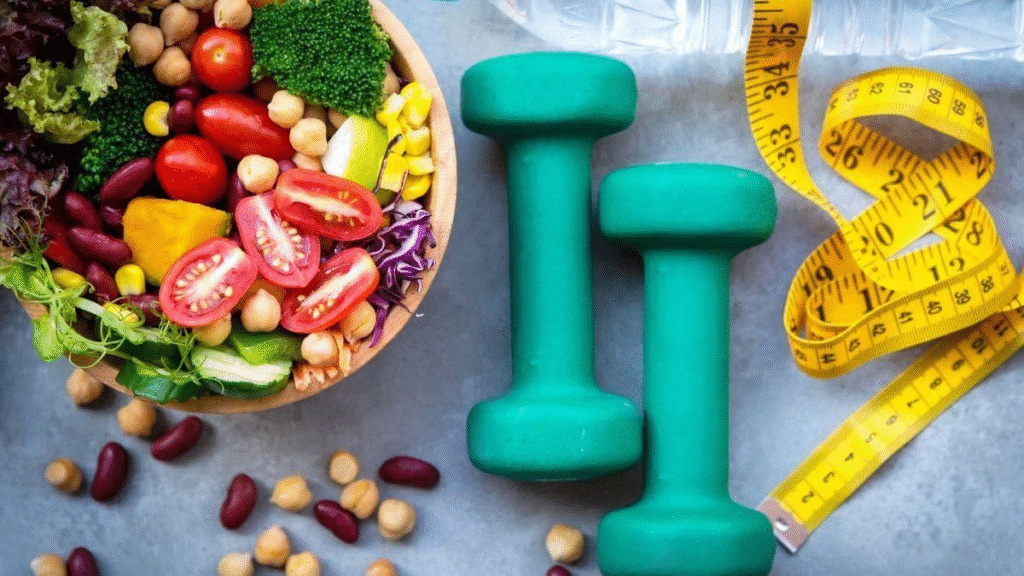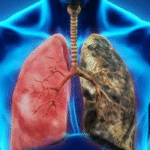Losing weight can feel overwhelming, especially if you are just starting out. With so many diet trends, meal plans, and fitness influencers telling you what to do, it’s hard to know which advice is actually practical. The good news? You don’t need to follow extreme diets, starve yourself, or buy expensive supplements to see results.
As a beginner, the best diet plan for weight loss is simple, balanced, and sustainable. It should fit into your daily lifestyle without making you feel miserable. In this guide, we’ll break down everything you need to know about creating the best beginner-friendly diet plan for weight loss, step by step.
Why Beginners Struggle With Diet Plans
Before we jump into the actual plan, let’s quickly understand why weight loss diets often feel so hard at the start:
- Too restrictive – Many plans cut out entire food groups (like carbs or fats), which makes it hard to stick to them.
- Unrealistic expectations – Beginners often expect fast results and get discouraged when they don’t see dramatic changes.
- Confusing advice – From keto to paleo to intermittent fasting, it can feel like you need a degree in nutrition just to know what to eat.
- Lack of preparation – Without meal planning, it’s easy to grab unhealthy food when hunger hits.
Understanding these challenges is the first step toward success. Now, let’s build a realistic and beginner-friendly plan.
Key Principles of the Best Diet Plan for Beginners
No matter which weight loss method you choose, these principles will always work:
- Calorie control: To lose weight, you must eat fewer calories than your body burns.
- Balanced nutrition: Your diet should include carbs, proteins, and healthy fats in the right proportion.
- Whole foods focus: Fresh, natural foods (vegetables, fruits, lean meats, nuts, whole grains) are better than processed ones.
- Sustainability: A plan only works if you can follow it long-term, not just for a week.
The Best Diet Plan for Weight Loss for Beginners
Here’s a sample beginner-friendly plan that balances nutrients, promotes weight loss, and avoids extreme restrictions.
1. Breakfast (Kickstart Your Day)
Your first meal should be filling and energizing. Choose high-protein and fiber-rich foods to stay full longer.
Examples:
- Oatmeal topped with berries and a spoon of peanut butter
- 2 boiled eggs + whole grain toast + avocado slices
- Low-fat Greek yogurt with chia seeds and banana
2. Mid-Morning Snack (Optional)
Snacking prevents overeating at lunch, but make it healthy.
Options:
- A handful of almonds or walnuts
- Apple slices with a teaspoon of almond butter
- Carrot or cucumber sticks with hummus
3. Lunch (Balanced and Light)
Lunch should be satisfying but not heavy. Focus on lean protein, whole grains, and lots of veggies.
Options:
- Grilled chicken breast + quinoa + steamed broccoli
- Lentil soup with whole grain bread
- Tuna or chickpea salad with olive oil and lemon
4. Afternoon Snack (Beat the Cravings)
Instead of sugary biscuits or chips, choose nutrient-dense snacks.
Options:
- A small protein smoothie with spinach and banana
- Low-fat cottage cheese with pineapple
- A boiled egg with a piece of fruit
5. Dinner (Light but Filling)
Dinner should be lighter than lunch but still provide protein and veggies. Avoid heavy carbs late at night.
Options:
- Baked salmon with roasted vegetables
- Grilled turkey patty with a side salad
- Stir-fried tofu with mixed vegetables
6. Hydration Matters
Sometimes hunger is actually thirst. Aim for 8–10 glasses of water daily. You can also include green tea or herbal teas for extra metabolism support.
Foods to Eat More Of
- Fresh vegetables (broccoli, spinach, kale, zucchini, peppers)
- Fruits (berries, apples, oranges, bananas in moderation)
- Lean protein (chicken, fish, turkey, eggs, beans, lentils)
- Whole grains (brown rice, oats, quinoa, whole wheat bread)
- Healthy fats (avocado, olive oil, nuts, seeds)
Foods to Avoid (or Limit)
- Sugary drinks (soda, packaged juices, energy drinks)
- Fried foods and junk foods
- White bread, pastries, and refined carbs
- Processed meats (sausages, hot dogs)
- Excess alcohol and sugary snacks
Tips for Beginners to Stay Consistent
- Plan your meals ahead so you don’t reach for unhealthy options.
- Portion control is key — even healthy foods can cause weight gain if eaten in excess.
- Start small — don’t cut everything at once; make gradual changes.
- Cook at home — restaurant meals often have hidden calories.
- Stay patient — healthy weight loss is about 1–2 pounds per week.
Sample 7-Day Beginner-Friendly Diet Plan
| Day | Breakfast | Lunch | Dinner | Snack |
|---|---|---|---|---|
| Mon | Oats + berries | Grilled chicken + quinoa | Baked salmon + veggies | Almonds + apple |
| Tue | 2 eggs + avocado toast | Lentil soup + bread | Turkey patty + salad | Yogurt + chia |
| Wed | Smoothie (banana, spinach, protein) | Tuna salad | Stir-fried tofu | Carrot sticks + hummus |
| Thu | Yogurt + nuts | Chicken + brown rice + broccoli | Grilled fish + veggies | Boiled egg + orange |
| Fri | Oatmeal + peanut butter | Chickpea salad | Turkey + steamed greens | Cottage cheese + pineapple |
| Sat | Eggs + whole grain bread | Lentil soup | Salmon + zucchini | Nuts + green tea |
| Sun | Smoothie bowl | Grilled chicken salad | Veggie stir-fry with tofu | Apple slices + almond butter |
This plan is flexible — you can swap meals around depending on your taste and schedule.
Common Mistakes Beginners Should Avoid
- Skipping meals (leads to overeating later)
- Drinking calories (juices, soda, fancy coffee drinks)
- Overeating “healthy” foods like nuts or granola
- Following fad diets that are unsustainable
- Not tracking progress — keeping a food journal can help
Conclusion
The best diet plan for weight loss for beginners is not about quick fixes or extreme restrictions. It’s about creating a simple, balanced routine that you can enjoy and sustain. By focusing on whole foods, portion control, and consistency, you’ll gradually build healthy habits that lead to long-term results.
Remember, weight loss is a journey, not a race. Be kind to yourself, celebrate small wins, and focus on progress over perfection.
FAQs About Best Diet Plan for Beginners
1. How fast can I lose weight with this beginner diet plan?
On average, a safe and healthy weight loss is about 1–2 pounds per week. Results vary depending on activity level, metabolism, and consistency.
2. Do I need to count calories as a beginner?
While not strictly necessary, tracking calories for the first few weeks can help you understand portion sizes and eating habits.
3. Can I still eat my favorite foods on a diet?
Yes, but in moderation. It’s better to allow occasional treats rather than completely restrict them, which can lead to cravings and binge eating.
4. Should beginners also exercise while following this diet plan?
Yes, combining diet with exercise gives the best results. Start with light activities like walking, yoga, or bodyweight exercises.
5. What if I don’t see results in the first week?
Don’t worry! Early weight loss can be slow. Focus on building healthy habits — results will come with consistency.



